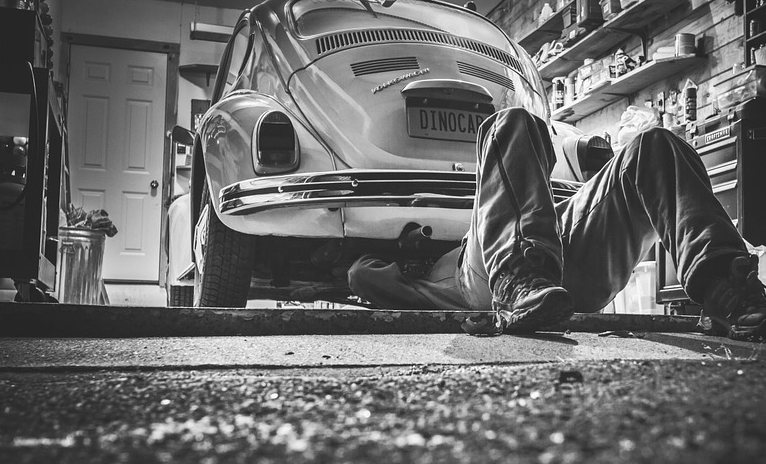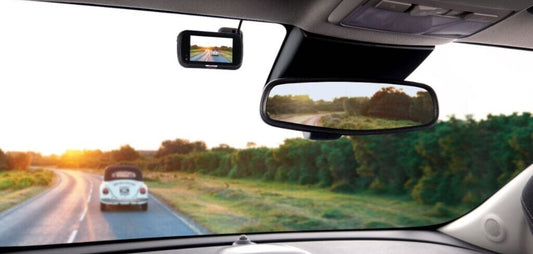It's easy to get dents and dings in a car over time. Whether it's a stray shopping cart or a careless person opening their car door, these marks can be an eyesore or just a minor annoyance for many drivers. The following guide provides simple tips and tricks on how to remove dings and dents from your vehicle.
Assess the Damage
Before starting any repairs on your vehicle, it's important to assess how much damage there is. If a dent is very deep, it may not be possible to fix it on your own. Instead, you may have to go to an auto body shop to have the siding on your vehicle repaired. As a rule of thumb, dents that are less than half an inch deep can usually be repaired by a car owner. However, according to Schaefer Autobody, deeper dents usually require professional repair. In addition, dents that involve damage to a vehicle's bumper or other areas with hardened metal usually can't be repaired at home. These dents will require the bumper or other vehicle part to be removed.
Suction Success
To remove small dents from a vehicle, you'll need a suction cup dent-remover. These devices are designed to fit over a small dent. They include a specialized suction cup with a vacuum pump. As air is pumped out of the suction cup, it pulls the dent out of a vehicle. In most cases, the dent will be completely eliminated with no damage to the vehicle. However, this will not fix any damage to paint.
Paint Perfection
To repair a damaged area of paint on your vehicle, it's important to clean the affected area as thoroughly as possible. It's also a good idea to use a small amount of vehicle wax remover in the process. Any wax on the vehicle will make it very difficult to fill the damaged area.
Once the area is clean, it's time to apply a clear bonding agent. A bonding agent will help fill the damaged area and mask any missing paint. However, if a damaged spot of paint is very wide, a masking agent won't work very well.
Buffering
After you've filled the damaged area, it's time to buff it utilizing a random orbital or high-speed buffing machine with the correct pads. A buffer will help smooth out the bonding agent so the damaged area is completely masked. After this step, it's important to lightly wash the vehicle. After washing it, apply a layer of a paint sealant. This will ensure the bonding agent doesn't degrade over time.
Getting old dings and dents out of your car isn’t impossible. Fix the exterior with a few simple steps and make sure your car is looking brand-new all the time.









